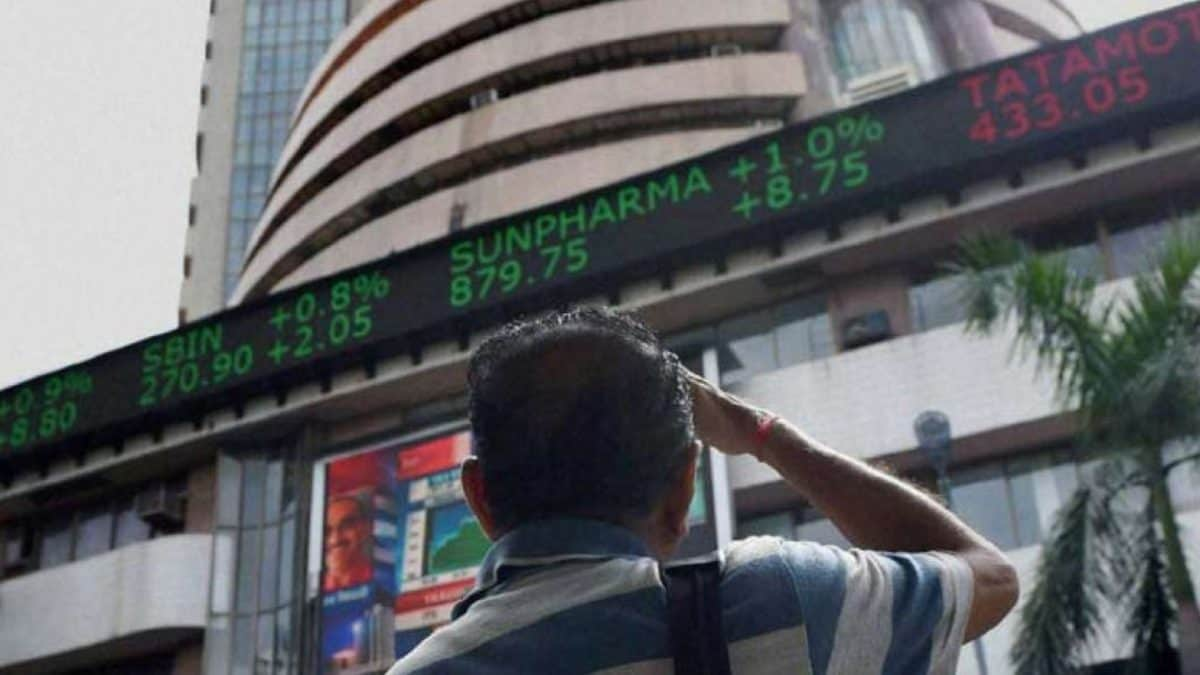

The Indian stock market experienced a significant downturn on Friday, August 8, 2025, with both the Sensex and Nifty indices plummeting to three-month lows. The BSE Sensex closed at 79,857.79, a loss of 765.47 points or 0.95%, while the NSE Nifty slumped 232.85 points, also 0.95%, to close at 24,363.30. This marked the sixth consecutive week of losses for the Indian equity benchmarks.
Several factors contributed to this weakened market sentiment. A key concern was the impact of increased tariffs on Indian exports by the United States, decided by US President Donald Trump. Trump's administration has imposed a 50% tariff on certain Indian goods in response to India's continued oil commerce with Russia. This unprecedented tariff hike on a major US trading partner has unsettled investors across various sectors.
The US accounts for a significant portion of India's total exports, with key sectors like textiles, gems and jewelry, and leather companies being particularly vulnerable. These sectors, operating on thin margins, may find the increased tariffs insurmountable. Moody's has also warned that the tariff disparity could undermine India's progress in attracting global investment, potentially affecting economic growth and inflation.
Adding to the market's woes, Foreign Institutional Investors (FIIs) have remained net sellers, intensifying the pressure on domestic indices. Data indicates a substantial outflow of foreign funds in recent trading sessions. This persistent selling by FIIs, coupled with lacklustre first-quarter corporate results, has further dampened investor sentiment.
Analysts suggest that the market's technical indicators also point towards a weak short-term trend. The Nifty failed to sustain above the 50 EMA on the hourly chart, indicating prevailing selling pressure. The index's close below the crucial support level of 24,400 further highlights the strength of the bears, with potential downside towards 24,150-24,200.
Despite the current market challenges, some analysts suggest possible near-term support levels. Anand James, Chief Market Strategist at Geojit Financial Services, noted that a broad-based recovery might be in sight, with the Nifty pausing near the key pivot of 24,590. SBI Securities indicated that the Nifty will find support near the 24,200-24,150 zone.
The market breadth was largely negative, with more stocks declining than advancing. On the Nifty 50 index, 41 stocks declined, while only 9 advanced. The worst-performing stocks on the Sensex included Bharti Airtel, Tata Motors, Kotak Bank, Mahindra, and Axis Bank. Conversely, NTPC, Titan, Bajaj Finserv, ITC, and Trent were among the top gainers.
The broader market also reflected this downturn, with the Nifty Smallcap 100 index underperforming the main indices. Sectorally, all sectors ended with losses, with Nifty Realty, Consumer Durables, and Metal experiencing the most significant declines.
The current situation has led to a decline in investor wealth. The market capitalization of BSE-listed firms has seen a substantial decrease. This decline reflects the growing unease among investors due to the evolving global trade scenario and its potential impact on the Indian economy.